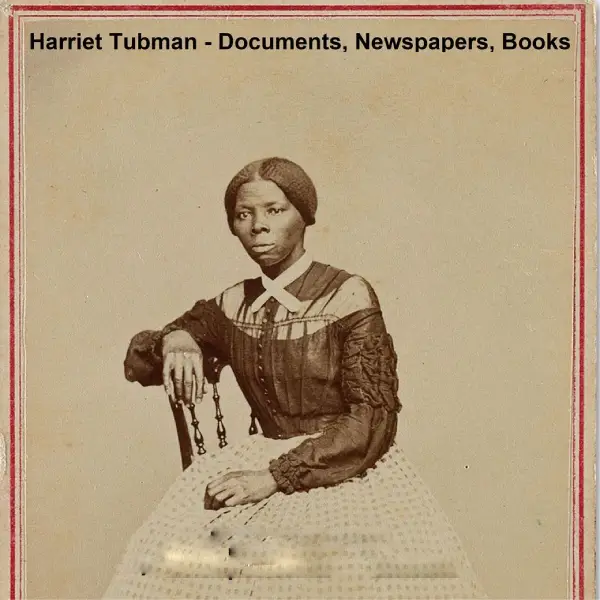
Harriet Tubman – Documents, Newspapers & Books
$19.50
https://downloads.paperlessarchives.com/p/harriet-tubman-documents-newspapers-books/Aldrich Ames – CIA Files & Government ReportsHarriet Tubman: A Life of Freedom and Service
Category: Historical Files
Tag: Harriet Tubman
Description
Harriet Tubman: A Life of Freedom and Service
Between 1822 and 1824:
- Araminta Ross (Harriet Tubman) is born into slavery.
Early Years (Approx. Age 7):
- Harriet Tubman rebels against forced servitude, running away for the first time.
Approx. Age 15:
- Tubman defies an overseer and receives a severe head injury. The blow causes lifelong effects.
1844:
- Harriet marries John Tubman, a freedman.
1849:
- Harriet escapes to Philadelphia. She discards her slave name, Araminta Ross, and adopts her mother’s name, Harriet.
- Harriet Tubman becomes an active “conductor” on the Underground Railroad, beginning her missions to guide enslaved people to freedom.
Prior to 1859:
- Harriet Tubman makes multiple (nineteen recorded) trips out of the South as a conductor on the Underground Railroad, never losing a soul.
- Tubman is active throughout the abolitionist movement.
- Tubman conspires with John Brown about raiding the federal arsenal at Harpers Ferry, though she does not participate in the raid itself.
1859 – 1863 (Civil War Era):
- Harriet Tubman serves the Union as a scout, nurse, cook, and spy. She is the first American woman to lead a military action in wartime.
July 1, 1863:
- Harriet Tubman testifies against Private John E. Webster at his court-martial. This is noted as an early and rare instance of a Black woman testifying against a white man in court. Webster was the superintendent of contrabands.
1869:
- The book “Scenes in the Life of Harriet Tubman” by Sarah H. Bradford is published.
1888:
- Charles Wood writes a “History Concerning the Pension Claim of Harriet Tubman.”
1897:
- The book “Harriet, the Moses of Her People” by Sarah H. Bradford is published.
1898:
- Residents of Auburn, New York, submit a petition requesting that Harriet Tubman’s claim for benefits be addressed by Congress.
- New York Representative Sereno Payne advocates for an increase to Tubman’s widow’s pension. He supports her claim for additional compensation for her Civil War service, specifically as a nurse, cook, and spy, hoping to get her money quickly as she nears age 80.
1899:
- Congress passes, and the President signs, an increase to Harriet Tubman’s pension to $20 per month for her service as a nurse. This is granted as an increase to her widow’s pension, not for her military service.
1900:
- The book “Harriet Tubman, Who Led Slaves to Freedom” by Mrs. George Schwab is published.
March 10, 1913:
- Harriet Tubman dies.
Ongoing (Posthumous):
- Recognition, preservation, and exhibition of historic sites related to Harriet Tubman. These include the Harriet Tubman Home in Auburn, NY, the Tubman Home for the Aged, Harriet Tubman’s Grave, Thompson Memorial AME Zion Church and Rectory, and Harriet Tubman-Underground Railroad National Monument.
- Documents are collected and published detailing Harriet Tubman’s life and contributions, including her Approved Pension File and newspaper mentions spanning up to 1963.
Cast of Characters
- Harriet Tubman (born Araminta Ross; also known as Harriet Garrison, Mrs. Nelson Davis): Born into slavery between 1822 and 1824, she was a legendary abolitionist, conductor on the Underground Railroad, Civil War scout, spy, and nurse. She was the first American woman to lead a military action in wartime. After the war, she became a suffragist and civil rights activist. She died on March 10, 1913.
- John Tubman: A freedman whom Harriet (then Araminta Ross) married in 1844.
- John Brown: A radical abolitionist with whom Harriet Tubman conspired regarding the Harpers Ferry raid, though she did not participate in the raid itself.
- Private John E. Webster: Superintendent of contrabands during the Civil War. Harriet Tubman testified against him at his court-martial on July 1, 1863.
- Nelson Davis (alias Nelson Charles): Harriet Tubman’s second husband, a Union veteran who served as a private in Company G of the 8th United States Colored Volunteer Infantry during the Civil War. Tubman received a widow’s pension through his service.
- Charles Wood: The author of an 1888 “History Concerning the Pension Claim of Harriet Tubman.”
- Sereno Payne: A New York Representative who served as chairman of the Ways and Means and Merchant Marine and Fisheries Committees. In 1898, he actively supported Harriet Tubman’s claim for additional compensation for her Civil War service, advocating for an increase to her widow’s pension.
- Sarah H. Bradford: Author of two books about Harriet Tubman: “Scenes in the Life of Harriet Tubman” (1869) and “Harriet, the Moses of Her People” (1897).
- Mrs. George Schwab: Author of the book “Harriet Tubman, Who Led Slaves to Freedom” (1900)
Related products
-
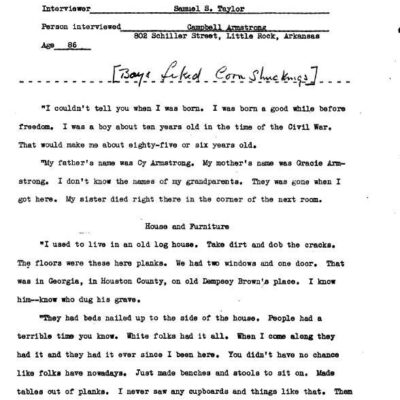
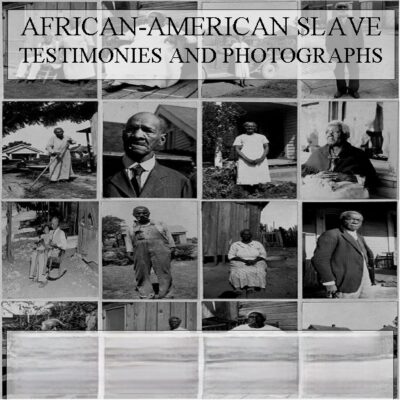
African American Slave Testimonies and Photographs
$19.50 Add to Cart -
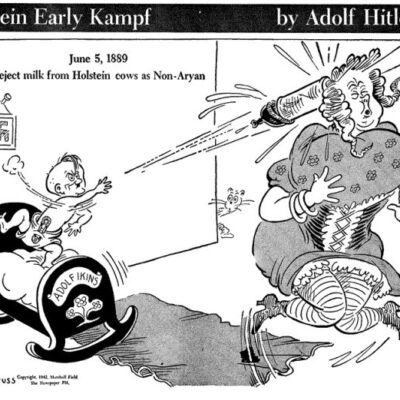
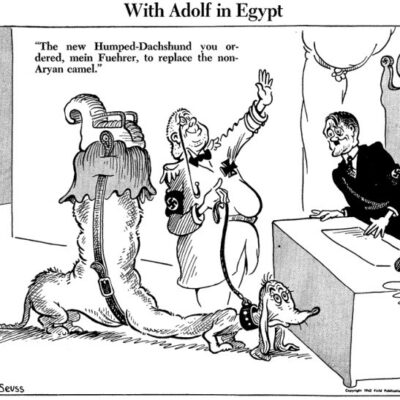
Dr. Seuss – Theodor Geisel World War II Political Cartoons
$19.50 Add to Cart -
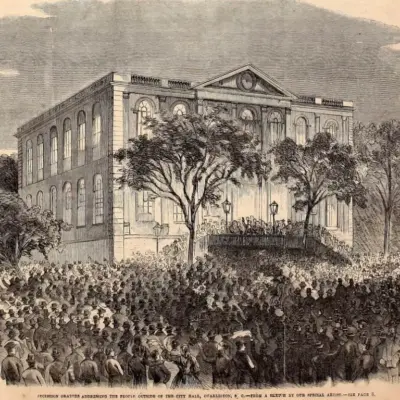
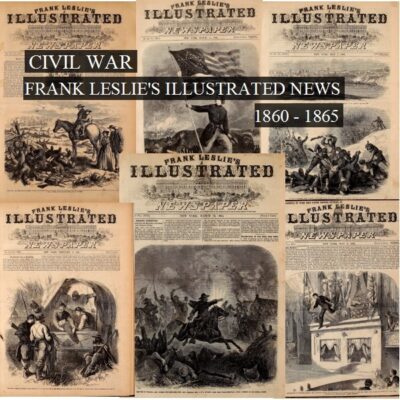
Civil War: Frank Leslie’s Weekly Illustrated Newspaper (1860-1865)
$19.50 Add to Cart -
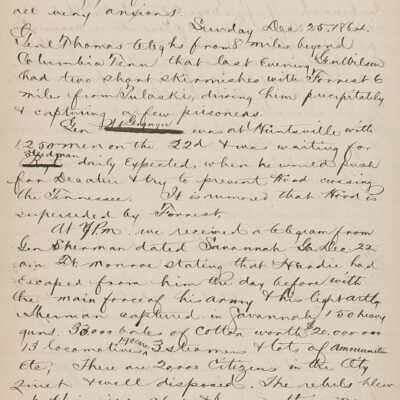
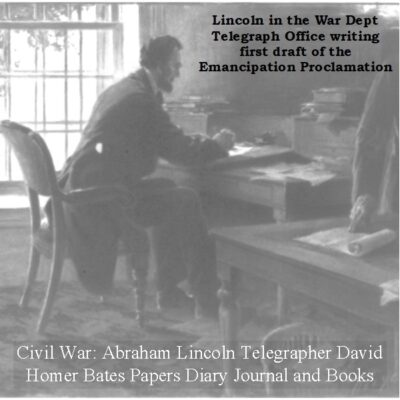
Abraham Lincoln’s Telegrapher David Homer Bates: Papers, Diary, and Books
$19.50 Add to Cart